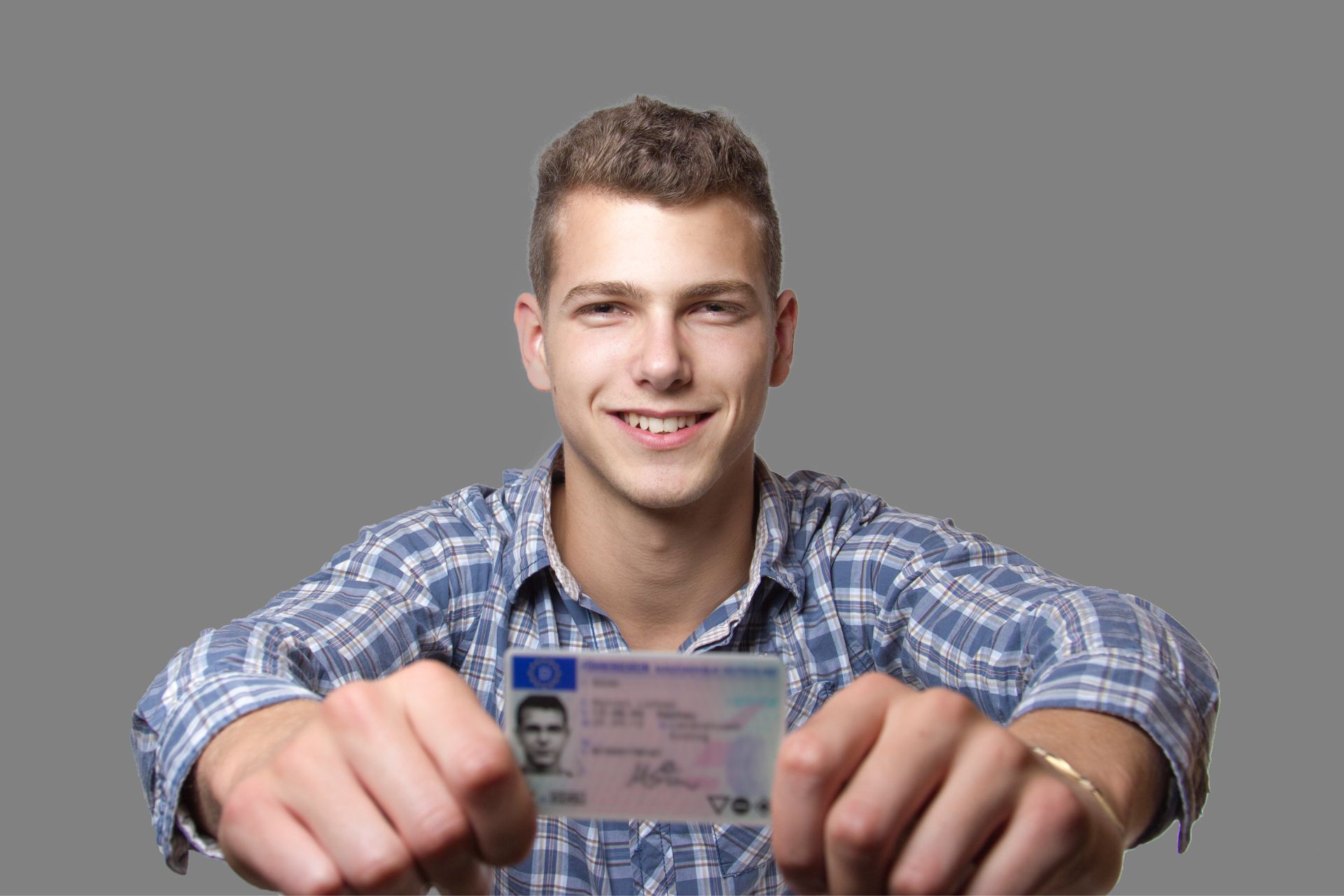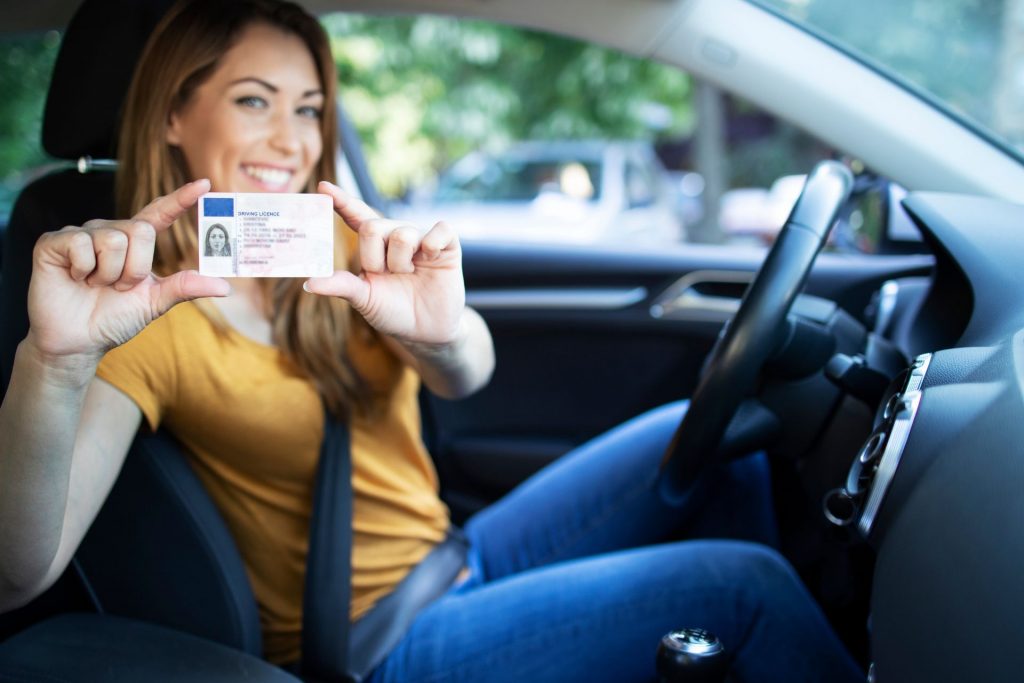

You may have recently received your driver’s license, and now you are wondering what the various letters and codes mean.
From our example, the last section indicated by XX is used in a driver’s license number in case of an overflow. Sometimes there are license holders with the same code for their birthday and name. Therefore, the XX section gives these people extra digits on their driver’s license number to ensure that no one in the country has the same driver’s license number as another person.

For some states, the letter indicates the first letter of the license holder’s name. In other states, the letter is solely used to allow more permutations of license numbers. This explains why some people get a different letter on their driver’s license after the second application.
On the other hand, some people may still get a driver’s license number with the same letter ten years after their first application.
Most of the time, the licenses issued by the state consist of numbers. When a letter is used at the beginning of the license number, it is usually random and has no specific meaning.

Driver’s license numbers in various states do not all include a letter. Some states such as Arkansas, Alabama, Alaska, Connecticut, Delaware, Georgia, Louisiana, Mississippi, New Mexico, North Carolina, Oregon, Tennessee, and others only include numeric values on their driver’s license numbers.
Driver’s license numbers that start with a letter belong to states such as Virginia, California, Wisconsin, Washington, Rhode Island, Oklahoma, Ohio, New York, Montana, Minnesota, Maryland, and several others.
Different driver’s licenses allow you to drive different types of vehicles in the US. However, some driver’s licenses overlap and allow holders to operate more than one type of vehicle.
While some driver’s licenses come with age restrictions, you can obtain others as early as 16. As a result, driver’s licenses in the US are imprinted with unique letters and numbers on the back.
These letters and numbers tell license holders about the vehicles they can and cannot legally drive on public roads based on their training. The following are various letters imprinted on driver’s licenses and their meaning:
Holders of this driver’s license can ride motorcycles of any sized engine, including touring bikes, cruisers, and choppers. To qualify for this driver’s license, you must be at least 24; or 21 years old if you have held an A2 driver’s license for at least two years. Additionally, you must have completed your Compulsory Basic Training (CBT) and passed the tests.
Holders of this driver’s license can drive light motorcycles with an engine sized at most 125cc and a power output of about 11kW. These include scooters and other motorcycles without a sidecar.
This category of driver’s licenses also allows holders to operate motorcycles with a power output of 15kW. Holders of this license must be at least 17 years old, complete their CBT, and pass all tests.
This class is above A1 and allows holders to ride motorcycles with a power output of at most 35kW. Holders of this license must be at least 19 years old, complete their CBT training, and pass all tests. Any individual holding this license should not ride a motorcycle with a sidecar of more than double its power.
Holders of this driver’s license can operate two-wheeled or three-wheeled vehicles with a speed of up to 28mph. They can also operate light quad bikes with a maximum speed of 28mph and a mass of up to 350kg. To obtain this driver’s license, you must be at least 16 years old, complete your CBT, and pass the theory and the two-module practical tests.
This category has two meanings, depending on when you passed your test. Holders of this license can drive a vehicle and trailer with a maximum weight of up to 8,250kg if they passed their test before January 1, 1997. Holders of this license are also allowed to drive a minibus attached to a trailer with a weight of at least 750kg.
If you passed the test after January 1, 1997, you can operate a vehicle with up to eight passenger seats and a maximum weight of 3,500kg. You can also attach a trailer with a maximum weight of 750kg. If the vehicle and trailer have a combined weight of less than 3,500kg, you are allowed to use a heavier trailer.
This license allows you to drive light four-wheeled quadricycles with a maximum weight of 400kg when unladen. Holders can also operate quadricycles with a maximum weight of 550kg if they are designed to carry cargo.
Holders of this driver’s license mainly operate large vehicles. This means they can operate any vehicle with over 3,500kg attached to a trailer with a maximum weight of 750kg. You must have a full car driving license and a provisional lorry license to obtain this driver’s license.
After a certified doctor has cleared you, you can proceed to complete the four-part Driver Certificate of Professional Competence (CPC) test.
This driver’s license restricts holders from operating large vehicles with a maximum weight between 3,500kg and 7,500kg and attached to a trailer with a maximum weight of 750kg.
This license allows you to operate any category C vehicle attached to a trailer with a maximum weight of 750kg.
Holders of this license can operate a bus with more than eight passenger seats attached to a trailer with a maximum weight of 750kg.
This license lets you operate any vehicle attached to a trailer, provided that the combined weight of the two does not exceed 12,000kg.
The term DD is an abbreviation for Document Discriminator. It is usually imprinted on a driver’s license as a security code to indicate the location and date of issuance of your license. This security code came into use in 2005 and was meant to stop people from tampering, duplicating, or counterfeiting a driver’s license.